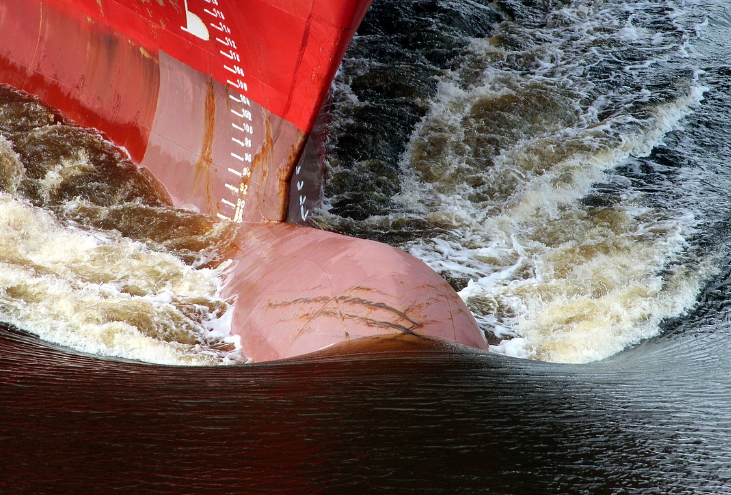With the hydrogen economy poised to grow significantly—to a projected market size of $201 billion by 2025, according to industry forecasts—the critical importance of safe storage becomes increasingly apparent.
Type I hydrogen storage vessels, composed entirely of metal, remain a predominant choice due to their cost-effectiveness and established manufacturing processes. However, the integrity of these vessels under high-pressure conditions has come under closer scrutiny, particularly concerning cracking behavior and the implications of critical crack size.
Comparative data reveals that Type I vessels face significant challenges due to stress concentration at transition zones, especially between the nozzle and hemispherical sections. Recent finite element analyses highlight this area as a high-stress point, posing considerable risks if not properly managed. For instance, the stress intensity factor (SIF) at these transition zones markedly surpasses those for similar cracks elsewhere on the vessel—emphasizing the need for careful design considerations.
Structural interdependencies between design components highlight how innovations like optimal fillet radii—measured between 40 to 80 mm—can dramatically mitigate stress concentrations at these crucial junctures. Such modifications aid in maintaining vessel integrity, ensuring safety against potential rupture—a vital concern considering that the fracture toughness in hydrogen environments can be up to four times less than in ambient air.
The prevalent engineering approach has been to introduce improvements in design and material selection, adapting materials that withstand not only the physical pressures but additional threats like hydrogen embrittlement. Hydrogen embrittlement remains a salient issue, as it compromises the internal structure of metals at an atomic level, leading to brittleness under stress— a critical consideration that distinguishes high-pressure hydrogen vessels from other storage systems.
For Type I vessels, primarily fabricated from steel, enhancements focus on balancing crack resistance with feasible economic production. But as the industry considers alternatives like fiber-composited Type III and IV cylinders, the complexities increase— these designs significantly reduce weight but elevate costs and production intricacies, thereby limiting widespread adaptation.
Further analysis has considered various crack geometries within these vessels. Specifically, semi-elliptical surface cracks at transition points necessitate a nuanced assessment of the crack’s potential impact. By measuring stress distributions along different depths and aspect ratios, predictions about crack propagation can be made with greater accuracy—providing an empirical basis for predicting potentially critical crack lengths.
The evolution towards adaptable, lighter hydrogen storage solutions continues, with Type I vessels serving as a functional baseline in the industry’s shift towards the high-efficiency demands of future energy landscapes. The ongoing refinement of design, coupled with material sciences advances, underscores a larger trend within the industrial sector: balancing innovative engineering pursuits with pragmatic safety and cost mandates.
Stay updated on the latest in energy! Follow us on LinkedIn, Facebook, and X for real-time news and insights. Don’t miss out on exclusive interviews and webinars—subscribe to our YouTube channel today! Join our community and be part of the conversation shaping the future of energy.
